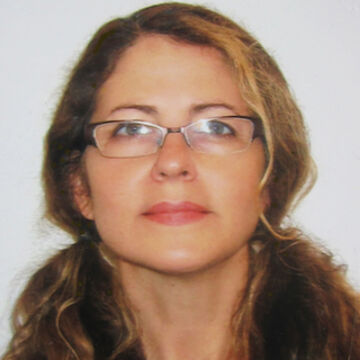

Loretta Bourque
Assistant Professor, Adjunct
Contact
Bio
Adjunct Assistant Professor, Contemporary Practices (2003). BFA, 1991, School of the Art Institute of Chicago; MFA, Painting, 2000, University of California, Davis. Visiting Faculty, Ringling School of Art and Design, Sarasota, FL. Exhibitions: Linda Warren Projects, Chicago; Danforth Museum of Art, MA; Claypool-Young Gallery, Morehead State University, KY; White Columns and Momenta, NY; Artlink@SOTHEBY'S, Tel Aviv, Chicago; Williamson Gallery, Art Center College of Design, Pasadena, CA; Manchester Metropolitan University, UK. Awards & Residencies : Vermont Studio Center; Roger Brown River House Residency; Henry A. Jastro, Earl C. Anthony Fellowship; Union League Club. Bibliography: Artnet Magazine; Flavorpil, New American Paintings Midwest Edition, Volumes 41, 101.